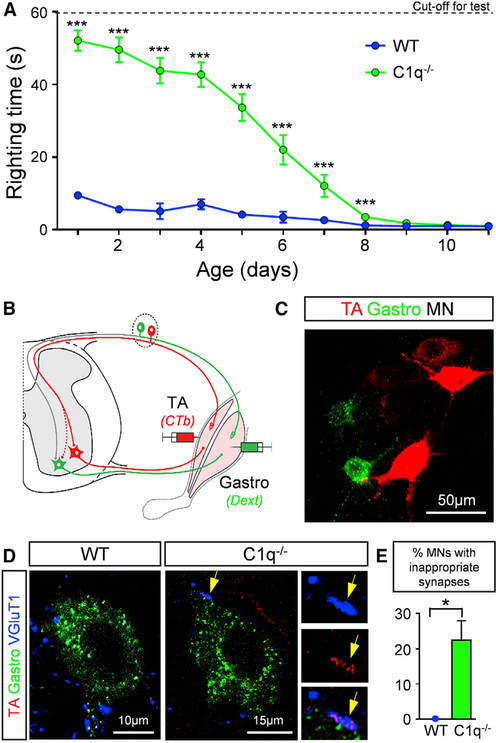Figure 7. C1q Mediates Sensory-Motor Synaptic Refinement during Normal Development.
(A) Righting times in WT (n = 10) and C1q−/− (n = 18) mice during the first 12 postnatal days. ***p < 0.001; t test for the individual ages.
(B) Schematic illustration for retrograde labeling of TA MNs and their proprioceptive synapses with CTb-555 (red) and gastrocnemius MNs only with fluorescinated dextran (green). The dotted red line indicates inappropriate TA synapses onto gastrocnemius MNs.
(C) TA and gastrocnemius MNs labeled with CTb-555 and fluorescinated dextran correspondingly.
(D) Single optical planes of confocal images with the tracers fluorescinated dextran (green), CTb-555 (red) and VGluT1 (blue) immunoreactivity from gastrocnemius MNs in a WT and a C1−/− mouse at P4. Inset shows a TA-originating proprioceptive synapse (arrow) on a gastrocnemius MN.
(E) Percentage of MNs receiving inappropriate synapses in WT (n = 3) and C1q−/− mice (n = 4). *p < 0.05; t test.

